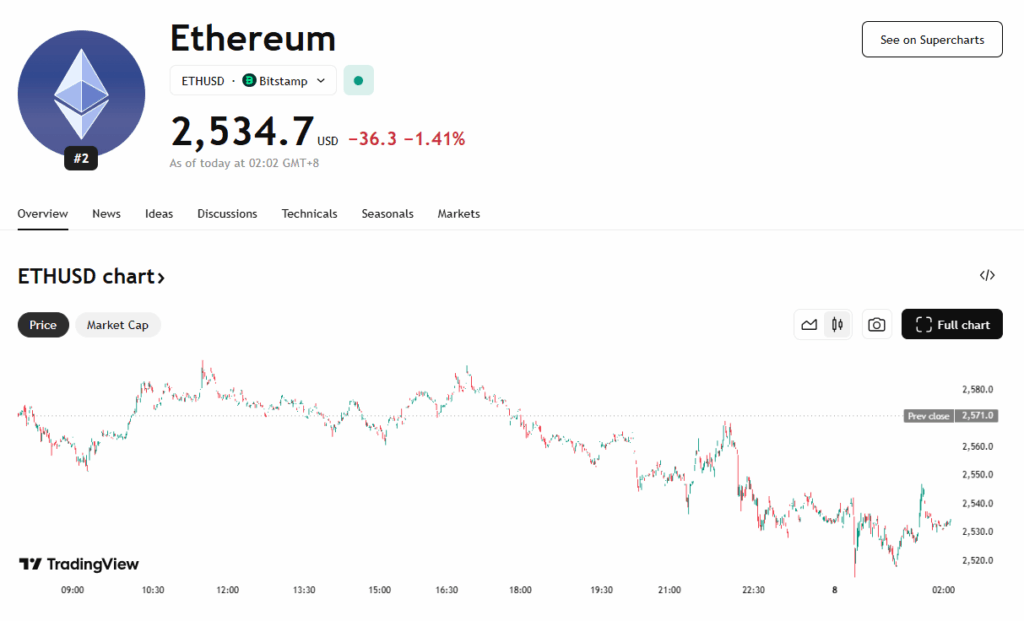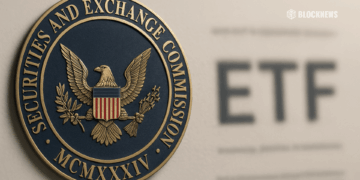- The U.S. government sent a $10 ETH test deposit to Coinbase Prime, using a wallet holding over 100,000 ETH seized in a 2022 NFT fraud case.
- This test may indicate upcoming major transactions, such as liquidations, custody shifts, or internal accounting involving the seized assets.
- The move reflects growing government engagement with crypto platforms, signaling a potential shift in how federal agencies manage digital holdings.
In a subtle but telling development, the U.S. government has made a $10 Ethereum (ETH) test deposit to Coinbase Prime from a wallet labeled “US Government: FBI,” according to data tracked by Arkham Intelligence. While the value of the transaction is minimal, its implications are far from insignificant—especially considering the wallet in question holds over 100,000 ETH seized from NFT scammer Chase Senecal in October 2022.
Small Transaction, Big Implications
Test deposits like this are standard protocol before major fund movements—often preceding larger liquidations, custodial changes, or internal accounting procedures. Though just $10, this transaction may be a preview of the government’s next steps regarding its crypto holdings. With over $300 million worth of ETH in the wallet, any significant movement could ripple through markets, particularly in times of low liquidity.
A Shift in Strategy?
This test transaction signals something deeper: the U.S. government may be pivoting in how it handles digital assets. Rather than keeping seized crypto dormant in cold wallets, officials appear to be exploring more active management strategies—possibly involving Coinbase Prime as a liquidation or custody partner. It also marks a growing normalization of government interaction with crypto infrastructure, beyond just enforcement and regulation.
Potential Market Impact and Unanswered Questions
Though there’s no official word on next steps, a mass sell-off or transfer of 100,000 ETH would unquestionably impact the broader market. The decision to initiate a test transaction now, while markets remain volatile, has left analysts speculating on the timing and motive. Whether this is a housekeeping measure or the beginning of a larger asset disposal remains to be seen.

While the $10 ETH transfer may seem trivial on its own, the context surrounding it makes it anything but. As the U.S. government moves from passive asset holder to active crypto participant, the market may need to brace for more strategic—and possibly market-moving—transactions in the near future. Whether this is a one-off event or a sign of systemic change in asset handling is a storyline to watch closely.














